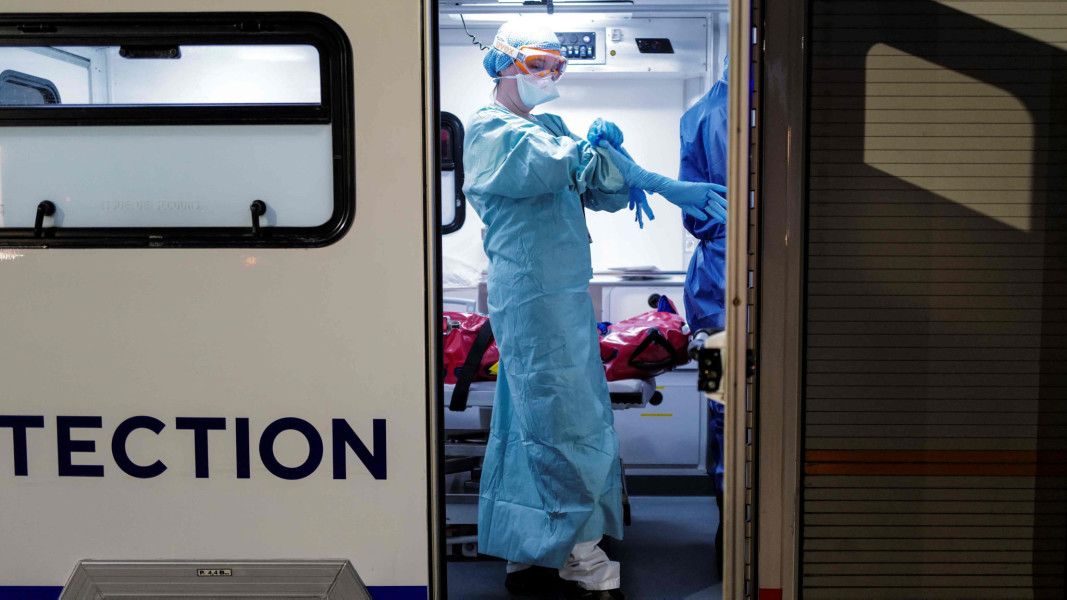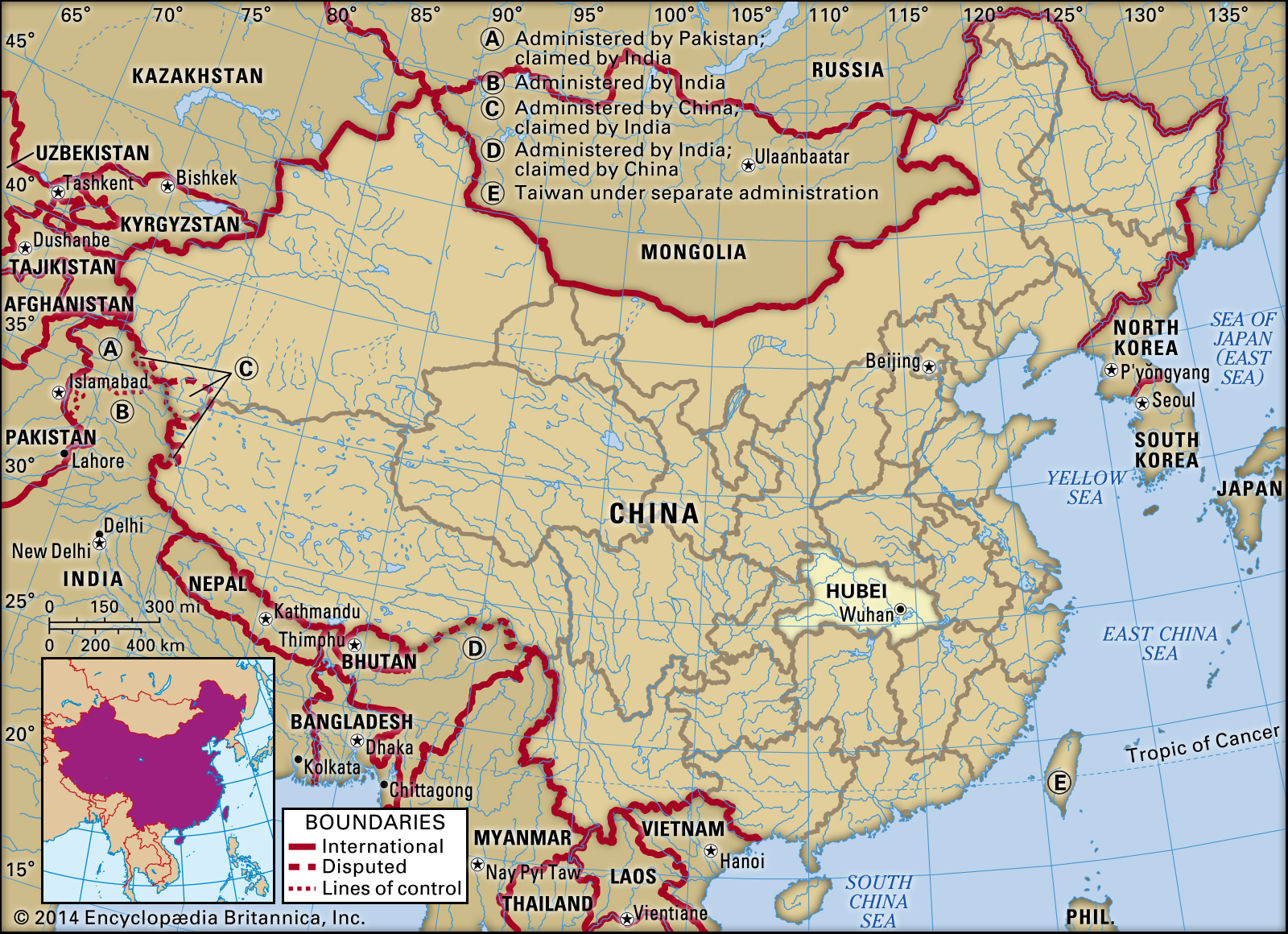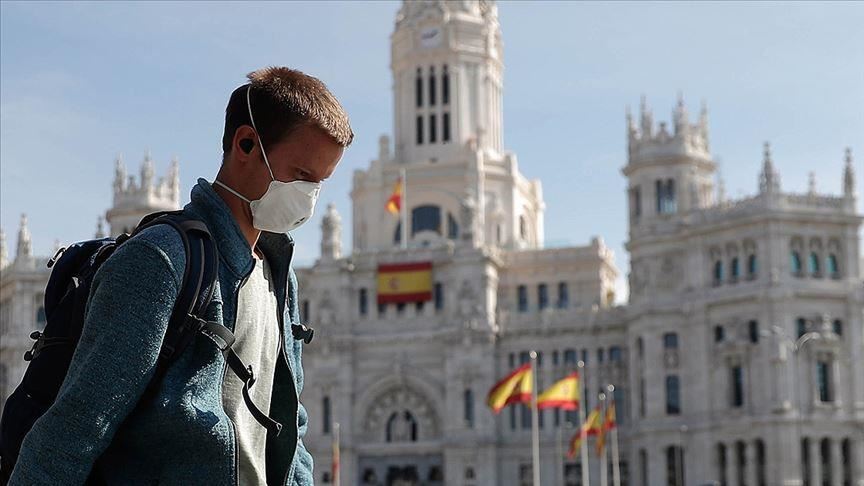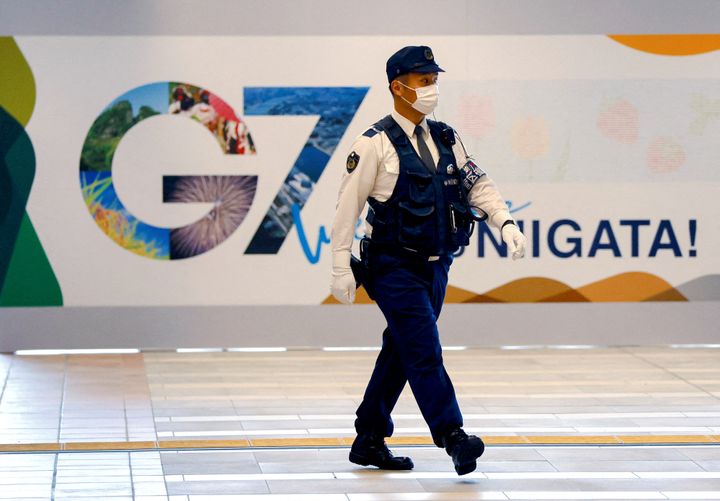Countries are discovering the risks of reopening too soon

A few minutes every morning is all you need.
Stay up to date on the world's Headlines and Human Stories. It's fun, it's factual, it's fluff-free.
Much of the current conversation taking place around the COVID-19 pandemic in the United States is centered on when states will reopen for business and allow their citizens to return to some form of normalcy.
With protests taking place across the country and unemployment hitting its highest level since the Great Depression, government leaders at both the state and federal level are eager to reopen.
However, when looking for examples of countries that have successfully reopened, the risks of acting too soon become immediately clear.
In Asia and Europe, governments have begun to ease restrictions on their citizens, but in a number of countries where the spread of the virus had seemed to be under control, pockets of new infections suggest the threat remains.
Wuhan’s test case
Since early January, when hundreds of cases of “viral pneumonia” were first reported in Wuhan, the capital of China’s Hubei province, the citizens of the city have been living in an uncertain state. The city was put under lockdown on January 23, when COVID-19 had claimed 26 lives, 24 in Hubei alone.

Wuhan ended its lockdown on April 8. Over 3,300 global deaths had been recorded at that time.
The reopening of Wuhan, which included the city’s shopping malls, was greeted with concern by health experts who warned that infections may rebound.
For a time, it appeared as though Wuhan had passed safely through the fire and successfully reemerged from lockdown. However, on Sunday, May 10, just over a month after the end of lockdown, the city reported five new cases of COVID-19, all within the same residential community.
Before last weekend, the most recent reported case in Wuhan had been on April 4.
While medical experts in the region have said that the cases are contained and the need for concern is minimal, any number of new cases in Wuhan is bound to put the city on edge.
Wuhan is not alone
WHO Director General Tedros Adhanom Ghebreyesus has cautioned countries against reopening too soon, stating that nations need to have certain precautionary measures in place first. That includes sufficient testing, the ability to trace the virus’ spread and facilities established for isolating the newly infected.
With the number of new infections down dramatically in China and South Korea, both countries have reopened portions of their economies, only to see a resurgence in cases. China has put some of its cities back into lockdown in response.
South Korea, where the COVID-19 outbreak was identified on the same day as in the US, has widely been held up as an example of how to properly respond to the crisis.
The per capita testing in South Korea far outpaced the US and the overall response has been quicker and more focused. As a result, the country had been gradually easing restrictions over the last few weeks.
But on Sunday, May 10, South Korean President Moon Jae-in warned that a second wave was a possibility. A cluster of new cases appeared after many of the country’s citizens crowded into bars and clubs to celebrate a return to normalcy. It was a temporary return, as thousands of clubs and bars have been shut down again in the capital city of Seoul.
Europe’s gradual reopening
News of rebounding infections wasn’t limited to Asia.
In Germany, a rash of outbreaks occurred at slaughterhouses after restrictions had begun to be eased.
Other governments in the EU have been seeking to strike a balance between caution and returning to business as usual. Italy, Spain and Greece, the three countries likely to face the worst economic impact from the crisis, have each created a phased path to reopening.
In Italy, that path began with the resumption of construction and manufacturing on May 4, along with restaurants being allowed to provide takeaway service. May 18 will see retail stores and museums reopen, followed by bars, restaurants and hair salons on June 1, assuming no severe reemergence of COVID-19 cases. Schools will stay closed until September.
Spain is following a similar path. On May 2, for the first time since the lockdown began in mid-March, people were allowed out for walks and exercise. Some businesses and options for takeaway food opened on May 4 in what is known as Phase 0. Many regions shifted to Phase 1 on May 11, which allows restaurants to open at a maximum capacity of 30%.
Every two weeks, the various regions in Spain will move up a phase with fewer restrictions until they are fully open again. Assuming, that is, that cases don’t rebound.

The region of Madrid, where Spain’s capital city is located, did not move forward to Phase 1 on May 11 as it remains the region with the most coronavirus cases in the country.
Greece allowed its citizens out on May 4 to attend church, go to hair salons and buy books. A week later, much of the rest of the country’s retail stores and restaurants reopened for business. The nation’s famous ancient sites and museums will reopen on May 18, followed by malls on June 1.
Regardless of the timing of eased restrictions across the various European countries, a resurgence in COVID-19 cases would likely dampen efforts to reopen.
Is the US ready to reopen?
Since April, cities across the US have experienced protests demanding that the stay-at-home orders be rescinded and people be allowed to return to work. The protesters have had support from President Donald Trump, who has recommended that states ease up on their restrictions.
However, on May 12, Dr. Anthony Fauci, a leading expert on infectious diseases and a member of the White House Coronavirus Task Force, testified to Congress that the country was not ready to reopen.
Asked what could happen if the country didn’t follow a proper phased reopening plan, Fauci warned, “The consequences could be serious.”
Have a tip or story? Get in touch with our reporters at tips@themilsource.com
Sign up for daily news briefs from The Millennial Source here!




Comments ()